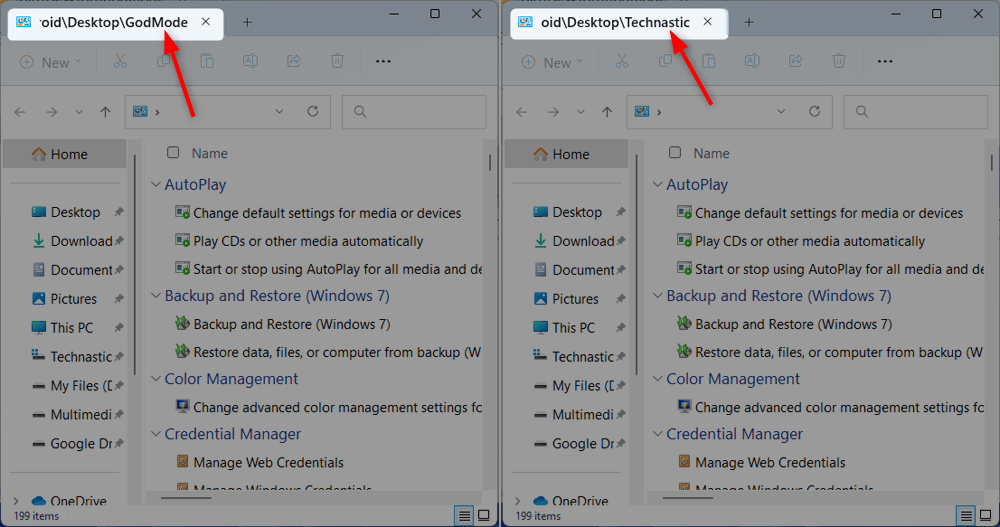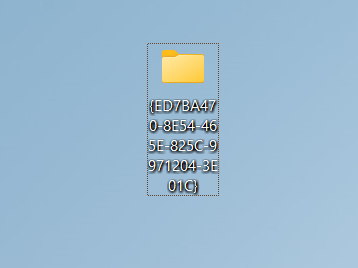- Create a new folder on your desktop and rename it to “GodMode.{ED7BA470-8E54-465E-825C-99712043E01C}”
The God Mode folder in Windows contains the shortcuts to all PC settings in one place. In this article, we’ll walk you through the steps of enabling this feature and explain how it can help make managing your computer easier. Let’s see how to use a code to enable the God Mode folder in Windows 11 and 10.
What is Windows God Mode?
There is nothing spiritual about the God Mode. Technically, its name is ‘Windows Master Control Panel shortcut‘. The term ‘God Mode‘ comes from video games and refers to the cheat codes that make players invincible like gods. Since it gives users access to almost all OS settings, people started calling it Windows God Mode.
Control Panel in Windows 11 has been revamped. Coming from an older version of the OS to Windows 11, you might find it hard to find certain settings. The Control Panel hides various settings items under layers. Once you enable this folder, you can access more than 250 control panel settings from one central hub. In short, God Mode in Windows is a settings panel that gives you easy access to all of the operating system’s features and settings.
List of Shortcuts
You can quickly access a particular setting from the God Mode folder. The settings shortcuts are listed under 32 categories in alphabetical order as mentioned below.
- AutoPlay
- Backup and Restore
- Color Management
- Credential Manager
- Date and Time
- Devices and Printers
- Ease of Access Center
- File Explorer Options
- File History
- Fonts
- Indexing Options
- Internet Options
- Keyboard
- Mouse
- Network and Sharing Center
- Phone and Modem
- Power Options
- Programs and Features
- Region
- RemoteApp and Desktop Connections
- Security and Maintenance
- Sound
- Speech Recognition
- Storage Spaces
- Sync Center
- System
- Taskbar and Navigation
- Troubleshooting
- User Accounts
- Windows Defender Firewall
- Windows Tools
- Work Folders
Under each of the above categories, you’ll find several subcategories related to that category. Depending on the version of the Windows OS, the availability of the shortcuts may differ. The above list is from Windows 11.
Don’t Miss: 55 Useful Google Search Tips and Tricks
Steps to Enable God Mode Folder
The steps to enable the folder in Windows 10 and 11 are not as complicated as they might sound. Creating this folder is as easy as creating and renaming any folder.
- Right-click on the desktop of your Windows PC and select New > Folder.
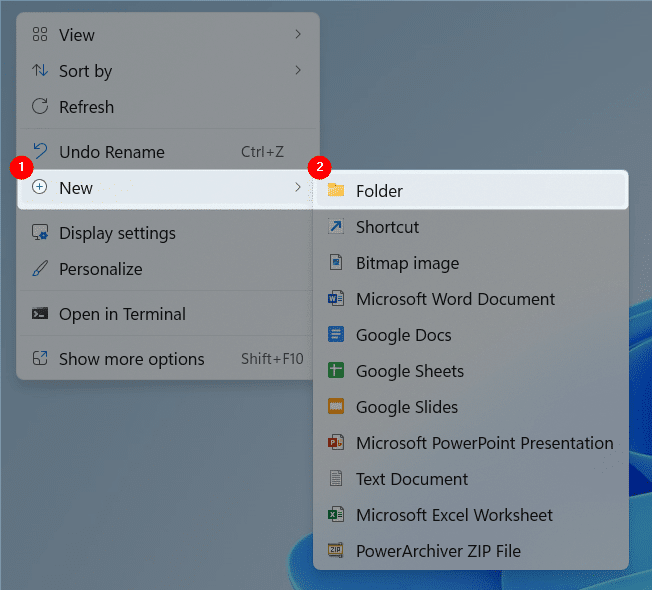
- Once the new folder is created, rename it as follows:
GodMode.{ED7BA470-8E54-465E-825C-99712043E01C} or .{ED7BA470-8E54-465E-825C-99712043E01C} - As soon as you rename the folder, the name will disappear into thin air, and you will have the God Mode folder icon on your desktop.

- Now, double-click this icon to open the folder to find over 250 shortcuts, including Control Panel, System settings, Device Manager, Network Connections, and more. This makes it incredibly easy to change any setting on your computer without searching for it in different places.
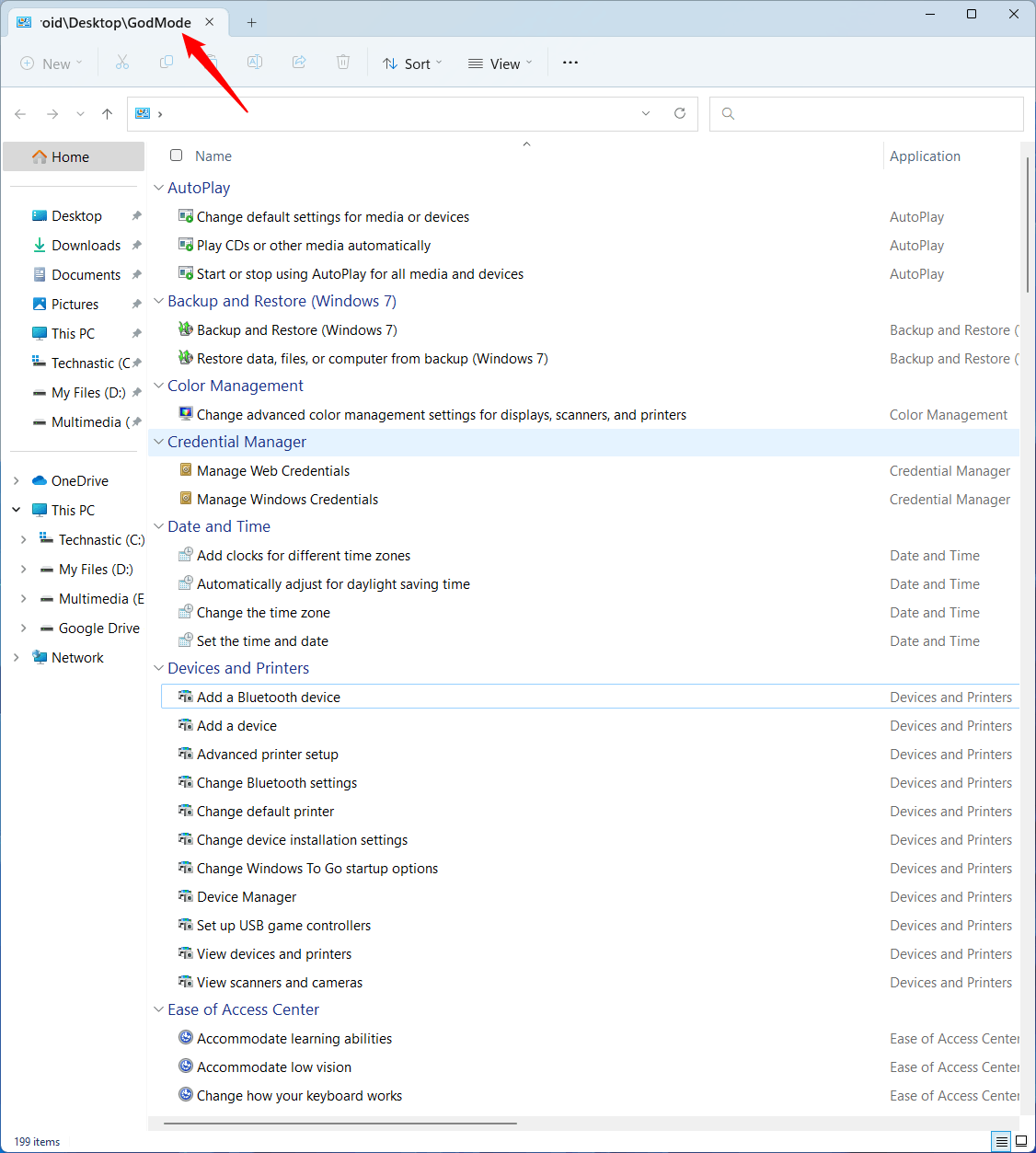
Renaming the God Mode Folder
As I mentioned above, ‘God Mode’ is not the original name given by Microsoft. Technically, it’s called the Windows Master Control Panel shortcut. The name ‘GodMode’ appears as the name of the folder only because we used ‘GodMode‘ before the code ‘.{ED7BA470-8E54-465E-825C-99712043E01C}‘. You can easily rename the name of this folder to anything. For example, if you replace ‘GodMode’ with ‘SatanMode, its name will change accordingly.
I used the following code and renamed the GodMode folder as ‘Technastic’.
Technastic.{ED7BA470-8E54-465E-825C-99712043E01C}
If you don’t want to assign any name, use the following code:
.{ED7BA470-8E54-465E-825C-99712043E01C}
Deleting the Windows God Mode Folder
Deleting the God Mode folder in Windows is even easier than enabling it. Simply right-click the folder icon and choose the Delete option from the Windows Context Menu. Please keep in mind that you should always use an empty folder. If you use an existing folder containing files and delete it later, you’ll lose the data stored in the folder. However, you can use the tips below to restore those files.
Using God Mode Folder to Hide Sensitive Files
As mentioned above, you can also use the God Mode folder as a personal vault to hide sensitive files.
- Right-click on the folder you want to hide and select the Rename option.
- Copy the code below and paste it into the folder name field.
God Mode.{ED7BA470-8E54-465E-825C-99712043E01C} - The folder will be turned into a God Mode folder. When you open it, it will not show your files but the list of shortcuts.
- You have successfully hidden your files using the trick. If you need to see your hidden files, use the Windows rename command to turn them into a normal folder. To do so, open a Command Prompt window or PowerShell at the location of the GodMode folder. For example, if the folder is in the D drive, right-click on any empty area in the drive window and launch CMD or PowerShell from the context menu.
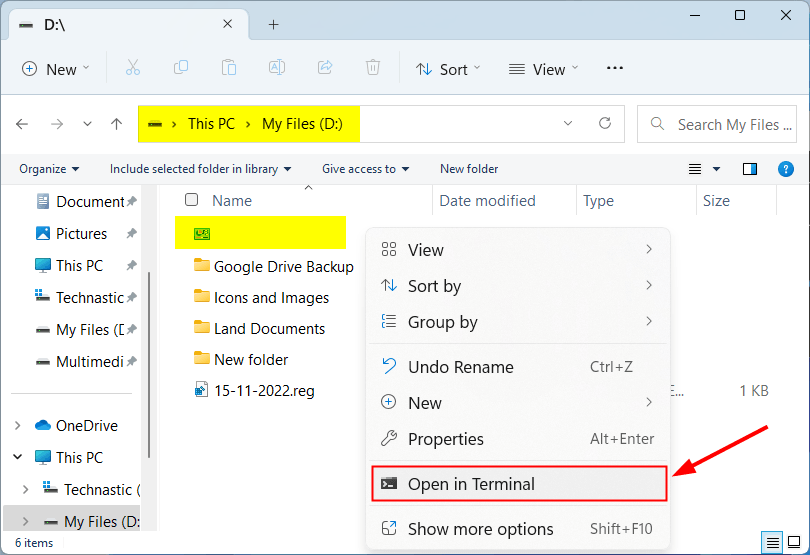
- Type or paste the following command in the command window and hit Enter. You can replace “SecretFiles” with any name of your choice.
ren "God Mode.{ED7BA470-8E54-465E-825C-99712043E01C}" SecretFiles
That’s it! You’ll now be able to view all the files stored in the hidden folder.
Fixing if God Mode is not working in Windows 10/11
If you’re having trouble enabling the God Mode folder in Windows 10 or 11, log in as an administrator and try to create it. If it is still not working for you, try the following tip to make it work.
To fix this issue, right-click the folder and select Properties. Click the file name area and highlight it. The God Mode code will display like this: GodMode.{ED7BA470-8E54-465E-825C-99712043E01C}. The only thing you need to do is to remove the hyphen after 9971204 so that it looks like 99712043E01C}.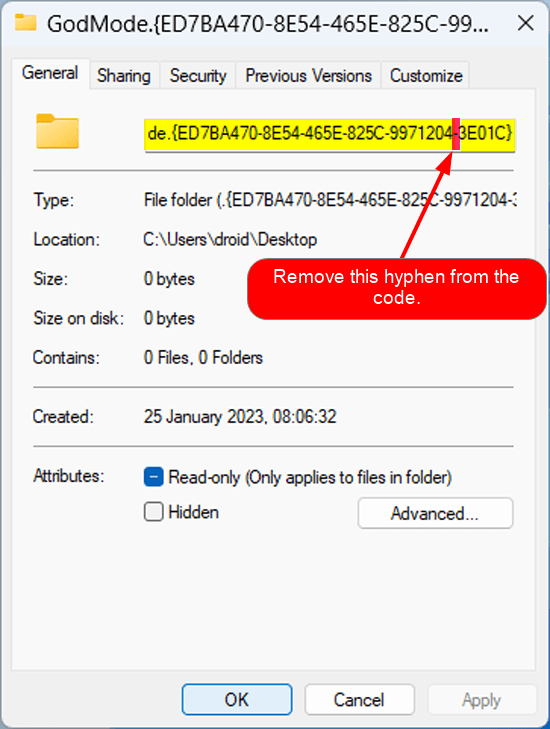
Alternatively, you can clear the file name and replace it with GodMode.{ED7BA470-8E54-465E-825C-99712043E01C} and click Apply > OK. Doing so should enable the God Mode folder. You can also copy and paste GodMode.{ED7BA470-8E54-465E-825C-99712043E01C} in the file name field.
Enabling the God Mode folder in Windows 10 and 11 is an easy way to quickly access your computer’s settings. With this handy folder, you can save time navigating menus and find exactly what you need with just a few clicks.
Read Next: Best Windows 11 Registry Hacks and Tweaks
